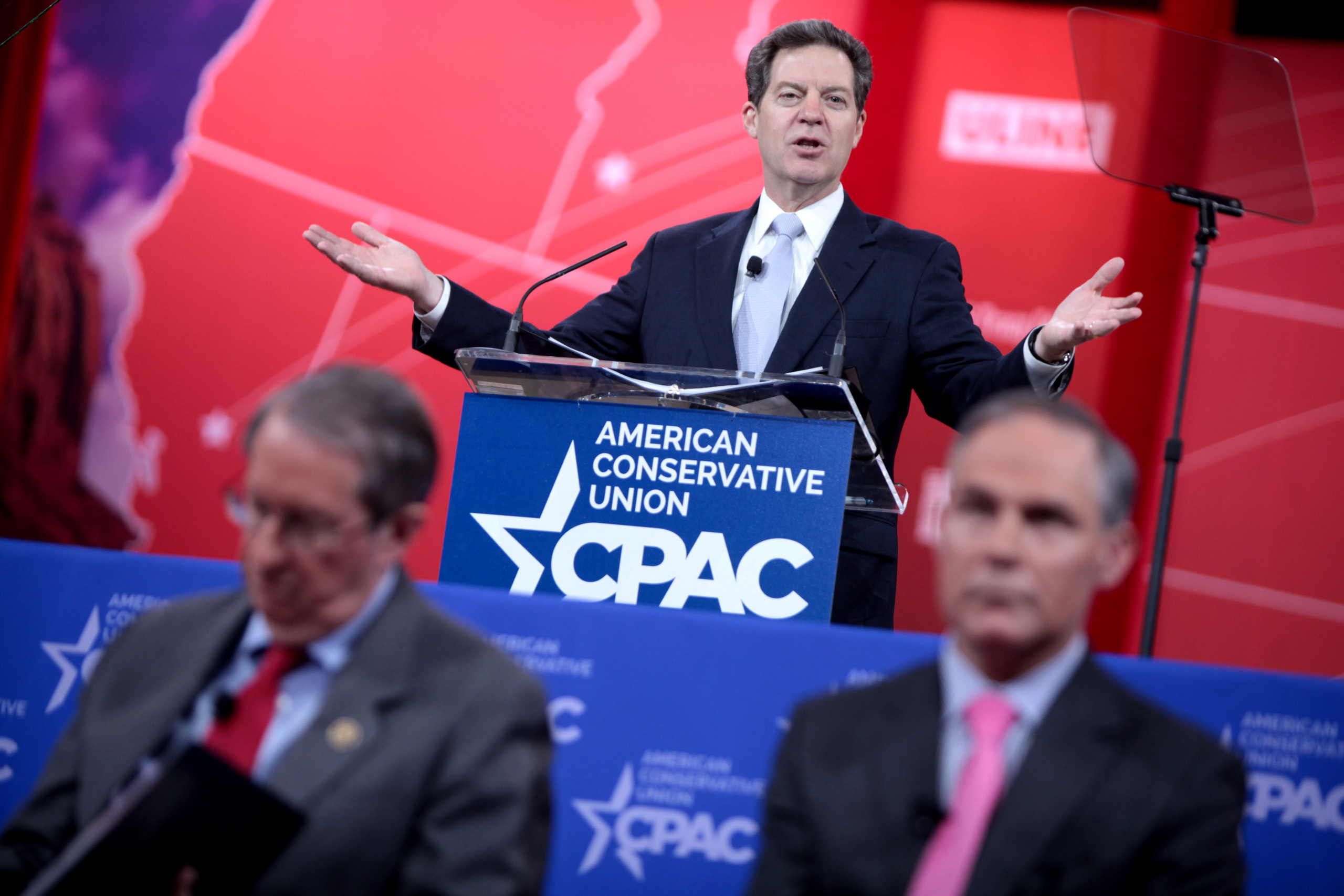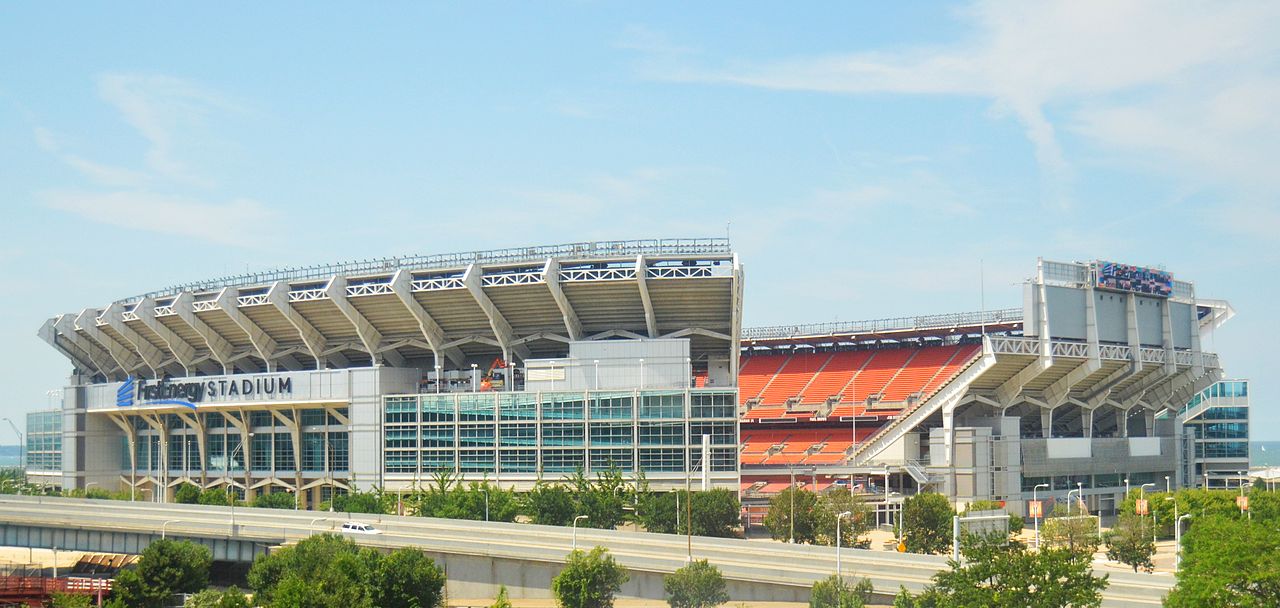Bleeding Kansas: What Congress Should Learn from My Home State’s Tax Experiment
My home state has spent the last five years as a laboratory test for the kinds of tax policies being considered at the federal level now. Congress would be foolish to ignore the results.

With 2017 rapidly coming to a close, GOP lawmakers are eager to pass major legislation delivering on their promise of significant tax reform.
Watching these debates, the parallels to my home state of Kansas’ own experience with tax reform are unmistakable – from the short-sighted focus on boosting economic growth by any means necessary to the heaping of obligations (debt, deferred maintenance, etc.) on future generations to the failure to be forthright about the true implications for people’s daily lives.
Those parallels make this Kansan very, very nervous.
In 2012, Kansas Governor Sam Brownback announced his “real live experiment” to remake the state’s tax code. Brownback, like many other newly-elected Tea Party candidates in the Kansas legislature, had campaigned on a low-tax, high-growth platform, and Brownback promised his tax plan would be “a shot of adrenaline into the heart of the Kansas economy.”
Despite the state’s Republican trifecta, the tax reform debates were not without conflict. The original bill Governor Brownback introduced to the state legislature included offsets for some of his proposed tax cuts, but rounds of politicking removed those measures. Even with glaring differences between the versions proposed by the governor, the House and the Senate that should have prompted further debate, a bill no one fully endorsed was signed into law.
The new law lowered taxes across the board, both through direct income tax rate cuts and structural changes, such as the reduction of the number of income brackets and the introduction of the pass-through exemption, a policy that granted a 0 percent income tax rate to certain types of businesses across the state.
Between the rate cuts and lack of budgetary offsets, the state saw immediate and sharp reductions in revenue; by the end of the tax plan’s first effective fiscal year, Kansas had lost about 13 percent of its cash flow. Moody’s downgraded its rating of the state’s bonds; Standard & Poor’s followed shortly thereafter. By the end of the second year, the legislature had burnt through its cash reserves to make up for consecutive years of deficits.
The pass-through exemption was identified as a growing culprit. While 2012 projections estimated that 191,000 businesses qualified for the exemption, by the end of 2015 more than 393,000 entities were bypassing income taxes, many having restructured in order to qualify for the cut. Revenue loss grew so much that the state’s projections were routinely off by hundreds of thousands of dollars, sending state lawmakers scrambling to fill the gap nine times in just five years.
With no long-term fixes in place for the recurring shortfalls and increasingly dire revenue projections, lawmakers turned to cuts in state spending. But the efforts were too little too late and proposals to keep the state afloat, much like the promises of meteoric economic growth that had motivated tax reform in the first place, proved to be short-sighted.
One proposal would have sold the state’s tobacco settlement fund – a continuous revenue stream projected to provide the state government with as much as $500 million over 30 years for early education programs – in exchange for an immediate, one-time payment of $158 million.
Payments were delayed to the state pension fund. Cuts to Kansas’ Medicaid program resulted in one of longest application backlogs in the state’s history. The legislature sold the portfolio of the Kansas Bioscience Authority, a venture established in 2004 to promote growth in the state’s biosciences industry, for $14 million, after having initially invested $232 million in the authority a little more than a decade earlier.
Cuts to agencies caused employment shortages in state prisons, highway patrols, hospitals and schools. Cuts were made to the state’s universities before the legislature finally resorted to slashing something Brownback had repeatedly promised would remain untouched: the K-12 education budget. Shortly afterwards, the state Supreme Court ruled that underfunding of Kansas public schools had become so egregious as to violate the state constitution. My childhood school district cut three full weeks from the beginning of the academic year to save on August air conditioning costs.
Make no mistake: Kansans were angry. By the end of 2016, three separate national polls ranked Brownback as the least popular governor in the U.S., the most recent with an approval rating of only 23 percent. And in the 2016 state elections, voters ousted 14 Tea Party legislators, paving the way for the end of Kansas’ tax experiment as the new legislature voted to undo Brownback’s reforms in June 2017.
Kansas gambled with its revenue stream. The subsequent cuts to school budgets, underfunded pensions, strains in the health care system and public assets sold off at bargain-basement prices created problems that will take years or decades to repair, if they are ever fixed. None of this was supposed to happen, because of the torrent of economic growth that Brownback promised would follow tax reform. Not only did the tax plan fail to deliver economic growth, but by positioning growth as the key metric for judging the effectiveness of state policy, the plan stole the spotlight from the issues that matter most to Kansans’ daily lives and the state’s future.
There are a lot of similarities between the Kansas tax bill and the versions currently being debated by Congress. The reduction of the number of income brackets appears in both President Trump’s framework and the House bill passed last week. The pass-through exemption is a feature of all three federal proposals. And of course, the theories of taxation and economic growth that Brownback promoted as the fix for Kansas’ ills are alive and well in the current federal debate.
Because states can’t run budget deficits, the consequences of Brownback’s tax reform were played out in real time. The consequences of federal tax reform, however, will play out over years or decades. The revenue loss from tax reform will be larded onto the national debt – projections for the House bill predict a $1.5 trillion increase in the national debt over a decade, while the Senate bill could add $1.8 trillion, putting the debt on track to eclipse GDP by 2028.
My home state has spent the last five years as a laboratory test for the kinds of tax policies being considered at the federal level now. Congress would be foolish to ignore the results.
Photo: Gov. Brownback addresses the American Conservative Union in 2015 on taxes. Credit: Flickr user Gage Skidmore, CC BY-SA 2.0
Topics
Authors
Find Out More

The Buffalo Bill: New York’s $1.2 billion subsidy for the Bills’ new stadium

Our transportation finance system doesn’t work. Here’s how to fix it.

The titans of “Main Street”: Mission creep in a key Fed rescue program threatens public trust

